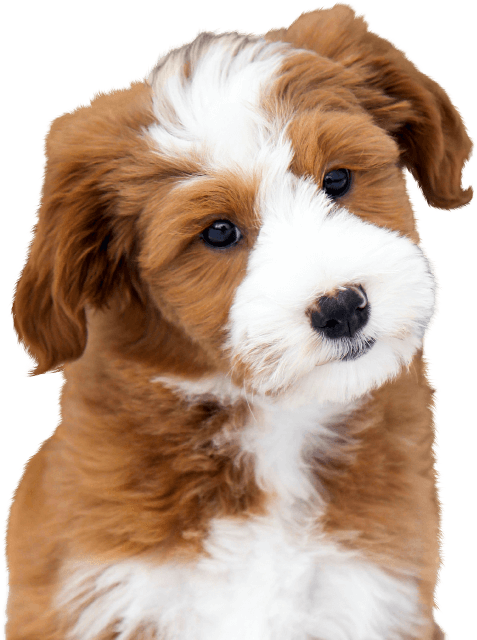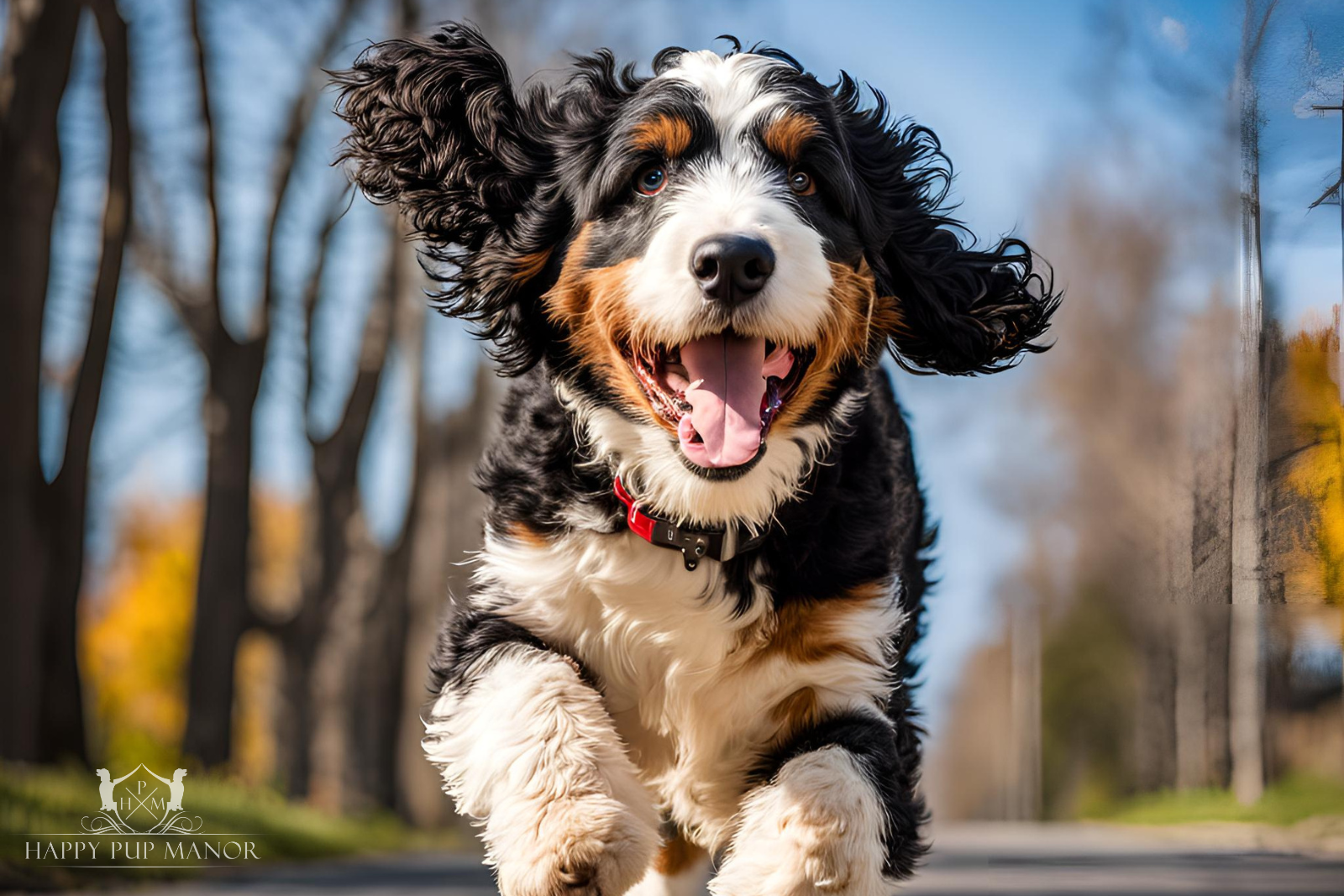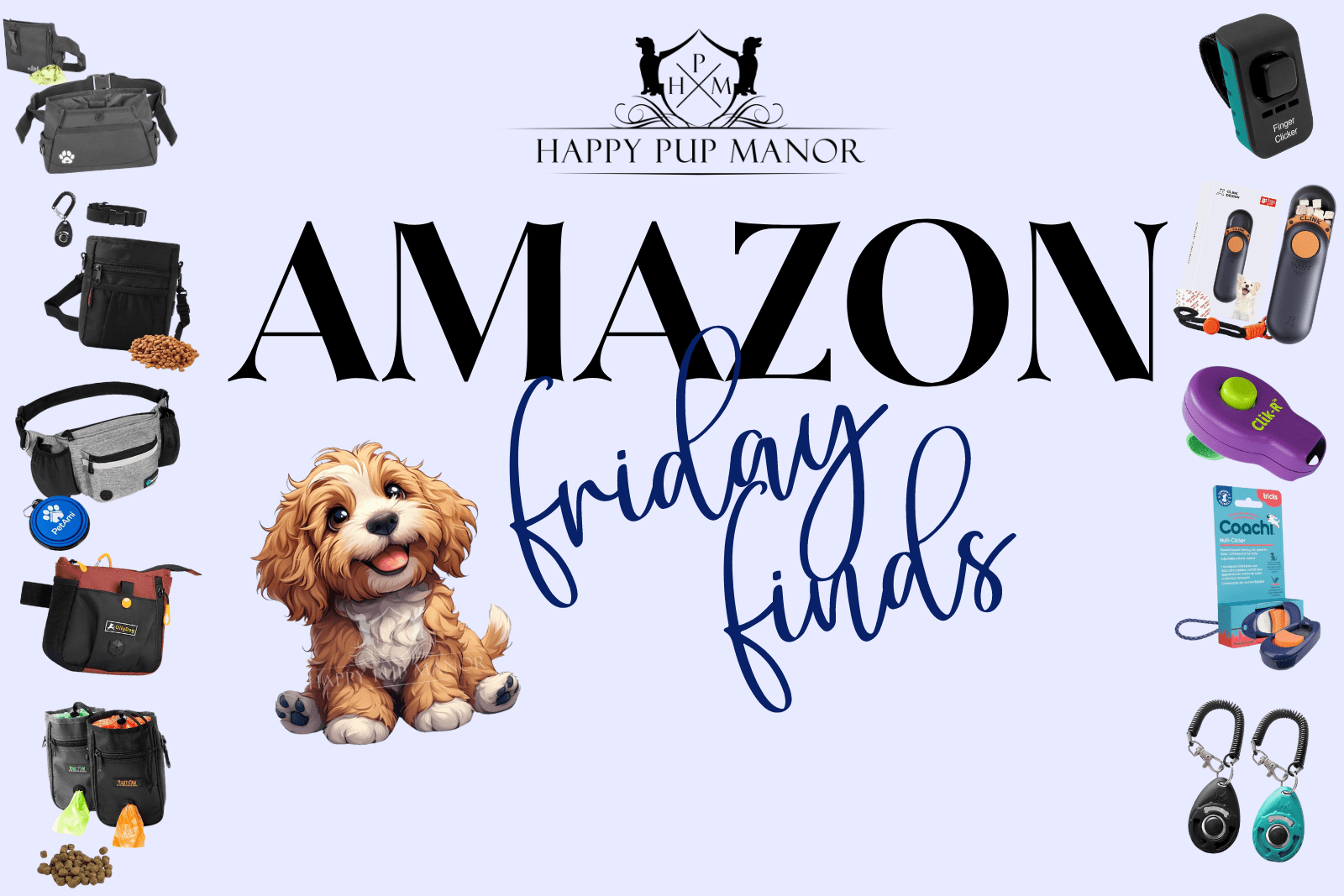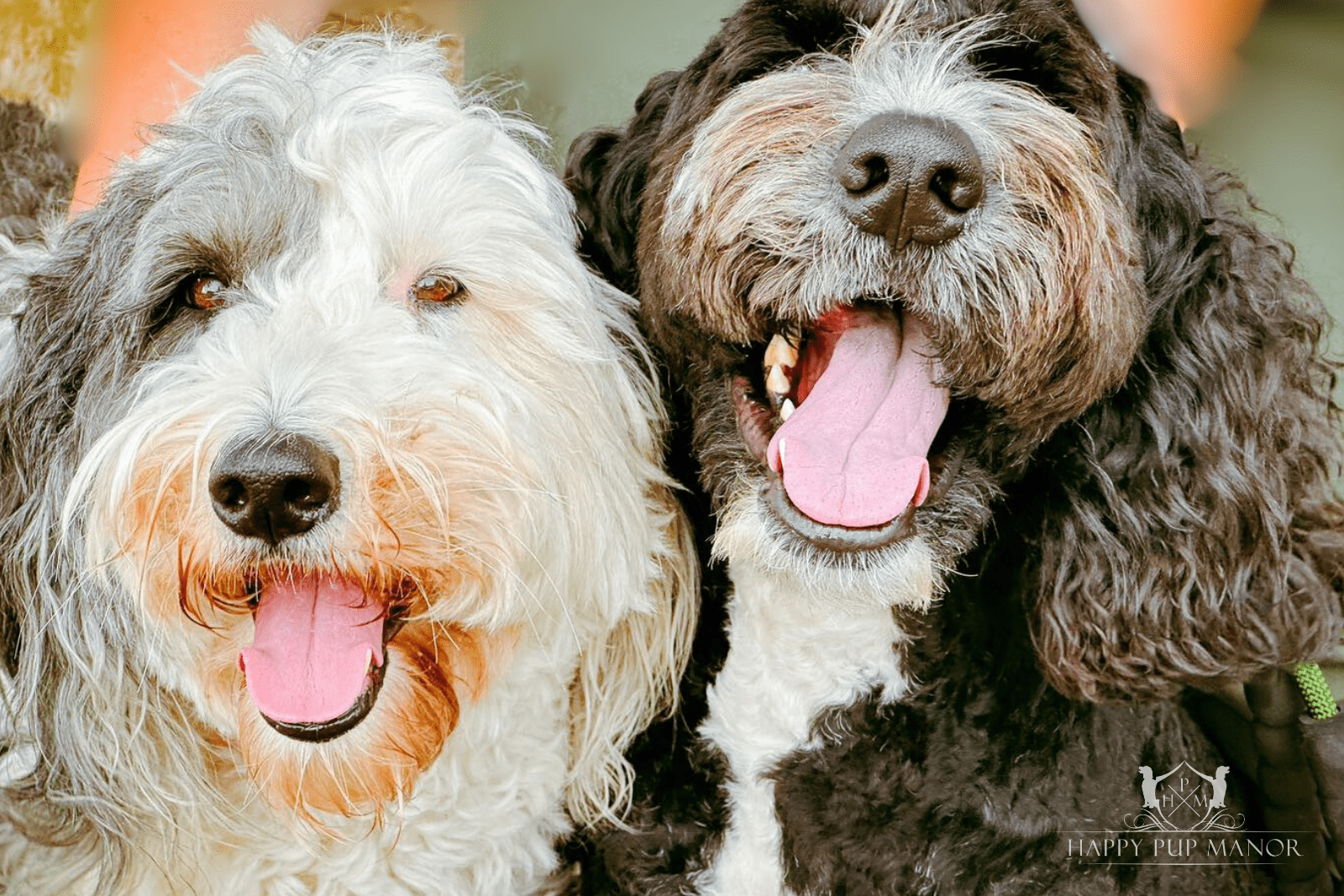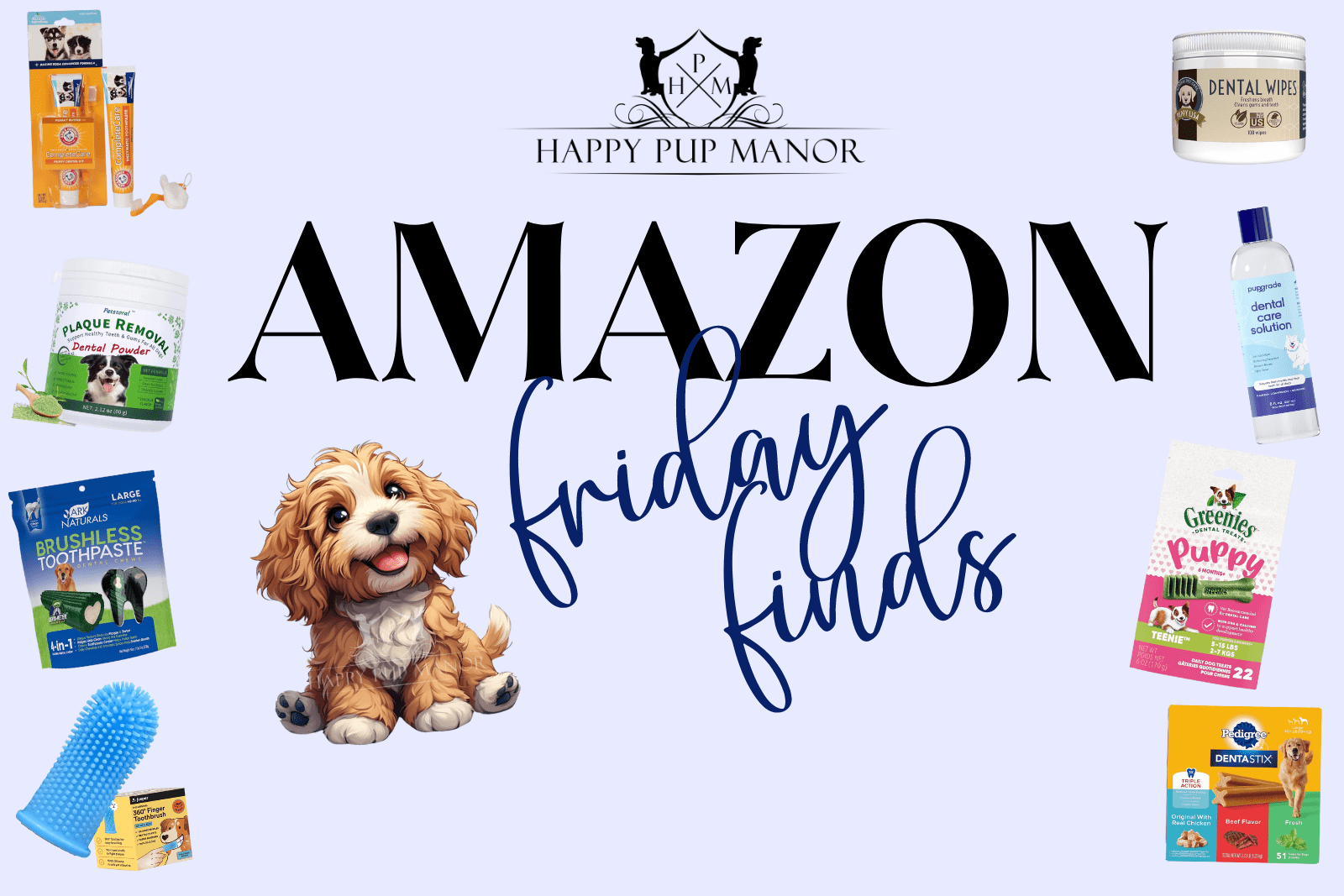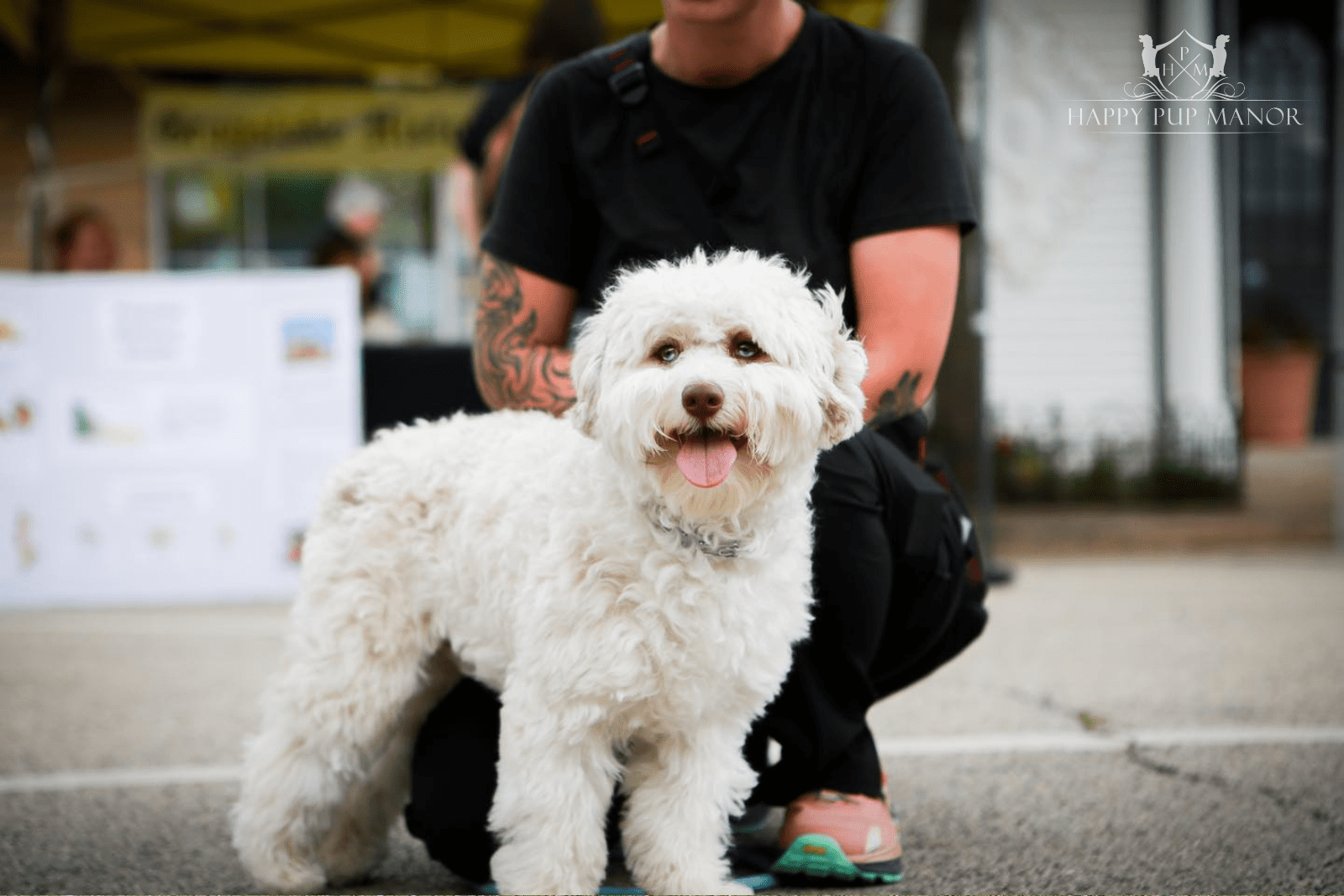7 Effective Tips To Train Your Puppy Not To Bite

7 Effective Tips To Train Your Puppy Not To Bite
Does your puppy love to bite?
As a dog parent, perhaps one of the behaviors you don’t want your puppy or dog to develop is biting–even if it is play biting. Aside from biting to try and get your attention, dogs are triggered by many factors that may cause them to bite. Perhaps you might’ve encountered a friend or family member who flinches easily when seeing a new dog, thinking they might get bitten.
This is why you should be a responsible owner and train your dog or puppy not to bite.
As long as you are able to train your dog or puppy to communicate with you, it won’t have to resort to biting because it knows that you can “hear” what it wants to say. Let us explore the possible triggers for your puppy’s biting and identify effective ways to train it not to.
What Triggers Your Puppy To Bite?
According to the U.S. Centers for Disease Control (CDC), more than 4.5 million people in the US get bitten by dogs, with children being the most common victims. While some dogs appear intimidating, even the cutest and smallest dogs can bite if they feel threatened or provoked. This means that it is not the breed that determines if a dog will bite but rather its individual behavior and past experience.
To identify the possible triggers of your puppy, it is important to identify the potential factors that can cause them to be aggressive.
- Observe Your Puppy in Various Situations – Spend time with your puppy in different environments and see if its behavior changes. Take note in which places your puppy feels comfortable and where he shows signs of becoming defensive or scared. For example, your puppy may be running around happily while in the park or at home but is not as cheerful when you’re on the sidewalk. This might be because of the many people walking or the cars passing by, which makes him anxious.
- Take Note of the Body Language—Observe the instances when your puppy becomes aggressive. How does his body move? Does your puppy look angry or scared? Look for signs such as growling, raised fur, bared teeth, tense body posture, or a stiff tail.
- Identify Common Scenarios—Try to identify when your puppy becomes aggressive. This can be when someone comes near him while eating, new people approach him, he is played with too much, or other animals are around. Some puppies can feel scared or threatened when approached by humans or other animals, which triggers them to bite in defense.
- Explore Past Experiences—Identify past experiences that may affect your dog, especially if you adopted an older dog or one with a previous owner. While this may be a bit difficult since you would need to “investigate,” try to check the background of how your dog lived before. This could include experiences of neglect or abuse that created a long-lasting impact on your dog. Knowing these would give you a better idea of why your dog or puppy is acting the way he is.
When identifying these possible triggers, make sure to note them and log your observations. Observing your puppy can take days—even weeks—but what is important is that you are patient since this will be for the well-being of your pup. These will help you become more guided on how to approach your puppy and identify the next steps that you will take. In addition, you can also share your observation notes with your puppy’s vet and trainer so they can get to know your puppy better, too.
Read: What is Obedience Training and Why Does it Matter?
How To Stop Your Puppy From Biting With Positive Reinforcement
When your puppy is biting, the last thing you want to do is to show him you’re afraid or mad. Remember that your puppy has feelings, and seeing your negative reaction won’t make him less likely to bite. On the contrary, your puppy might feel more anxious, which can trigger him to bite or chew on things to ease his feelings. This is why positive reinforcement is the best approach to encourage your puppy not to bite. Just like you need to practice patience when identifying your pup’s biting triggers, you need even more patience when training him not to bite.
Prevent Bad Habits From Forming

Teaching your puppy not to bite while still very young is ideal. This way, he will not develop the behavior of biting to get what he wants or use it as a defense mechanism. If your puppy has already started biting, keep it on a leash or in its crate whenever it is in a situation or place you have identified as triggering. You would need to take the extra time to be very observant of your puppy so you can quickly address any biting behavior so this can be nipped in the bud early on
Apply Negative Reinforcement When Necessary

There may be times when you need to put your foot down and apply negative reinforcement. This can happen when you are outside walking or playing in the park. When this happens, apply a firm “no” followed by holding the leash tightly to let your dog know that trying to bite resulted in his limited movement. If you’re at home, you can put him in his crate or take away his favorite toy – much like putting a child on a break. This sends your puppy the message that what he did is wrong, and it resulted in his “punishment.” Again, ensure you do not shout or hit your dog, as this would create a different effect.
Reward Your Pup With Treats for Good Behavior

Since you have identified the places or scenarios that trigger your dog, you should know when it is already feeling triggered. When this happens, and your dog chooses not to bite and follow your command, properly reward him with his favorite treat. Your puppy will understand that the behavior he is doing is correct, and that is what he should continue doing. And which puppy can’t resist doing good to get his favorite treats?
Divert Your Puppy’s Energy to Other Activities

Sometimes, puppies tend to bite their hands as a way of showing affection or when they want to get your attention. They don’t mean any harm but are very happy to be with you or other people. Teach and encourage your puppy through noncontact play, like fetch, instead of playing with your bare hands. Playing tug of war with a rope toy can also be a great activity to introduce your dog to dealing with frustration and aggression. You can also use your tug-of-war toy as a way to redirect his attention. For example, redirect him to the tug toy when he starts to play bite. This way, your pup will learn to associate the toy with something he can bite, not your hands.
Be Consistent With Your Communication
When training your puppy not to bite, you should practice consistent communication so he won’t get confused with the commands. When doing either positive or negative reinforcement, make sure that you follow through with related actions. For example, when you say “no” to your puppy for biting, follow this with actions such as putting them on a leash or in their crate. On the other hand, if your puppy stops biting, praise and reward him with a treat or play with him. Simple actions such as these would let your puppy know what behaviors are good and which are bad without getting confused.
Socialize Your Dog
If you have observed that your dog tends to bite when approached by other people or animals, you can socialize them little by little. You can bring your puppy to your local park and stick with going there for a few weeks before going to a new place. When you have observed that your puppy is getting comfortable, you can introduce him to new people and other dogs. The more people and places they encounter, the less anxious they will be. If they are less anxious, they won’t become aggressive and bite out of fear. Again, it is important to do this gradually so your puppy will not be further traumatized and overwhelmed by being around too many people and animals at once.
Seek Professional Help
Sometimes, you will need help from professionals to help with your puppy or dog’s biting habits, especially if they have very negative past experiences that have made them very scared, anxious, or aggressive. If after you have tried to do the tips above and you still find your puppy biting, it would be beneficial for both you and your puppy to consult a professional trainer who can conduct further observation, provide guidance, and form a customized training plan that is structured to address the underlying issues of your dog’s biting.
Remember, each dog is unique, and the training plan may need to be adjusted based on the individual dog’s personality and behavior. Consistency, patience, and positive reinforcement are key to successfully redirecting a dog’s aggressive behavior.
At Happy Pup Manor, we’re dedicated to helping your dog or puppy learn obedience and overcome biting behaviors. Specializing in Doodles, Retrievers, and smaller breeds, we offer a nurturing home environment filled with love and care. Our goal is to make every pup feel at ease and comfortable while they learn and grow. If you’re interested in our puppy training programs in Illinois, please reach out to us directly. You can contact us via phone or online to begin. We’re excited to work with you and your furry friend!
